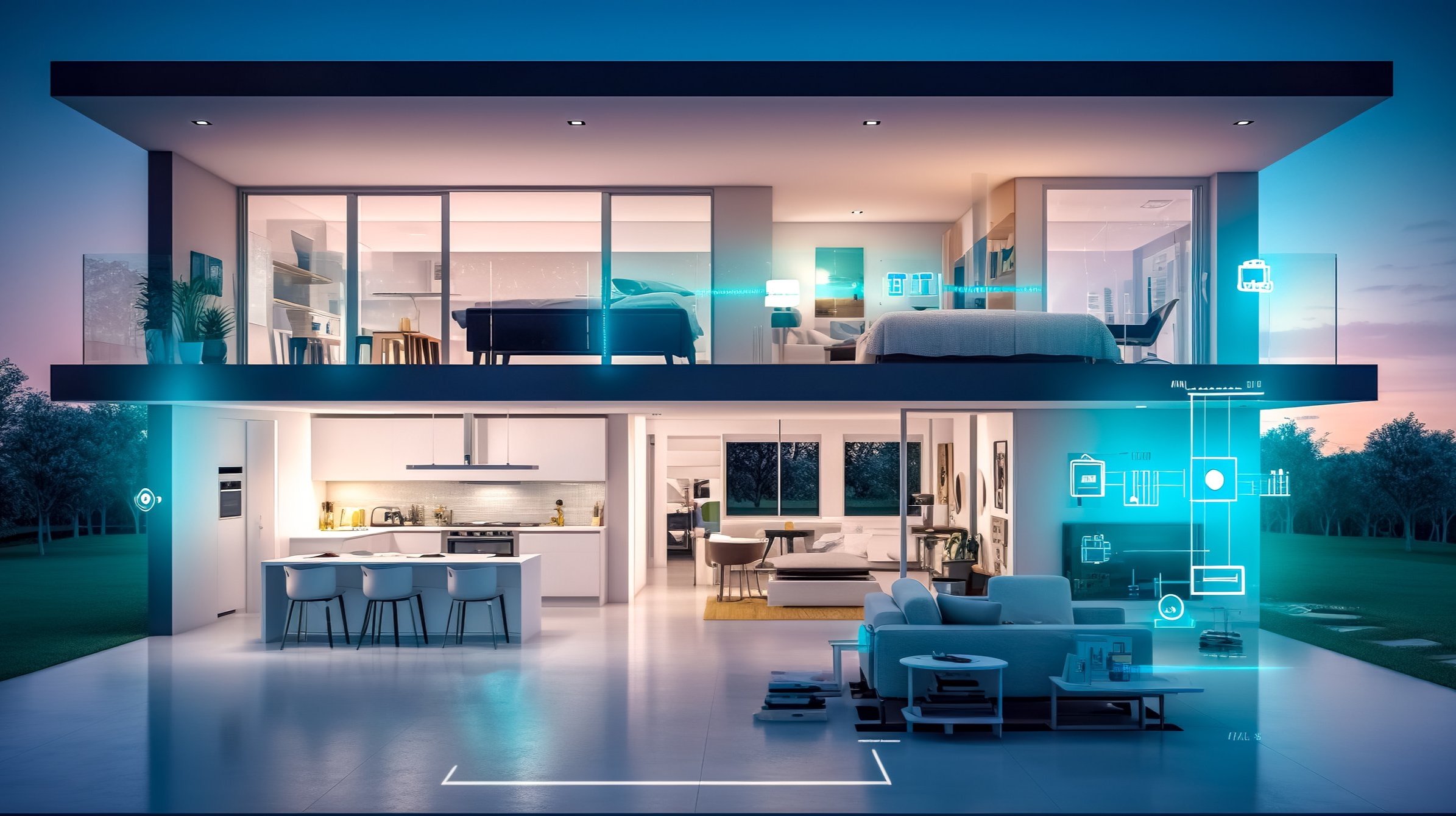The dream of a smart home, where lights dim on command and your thermostat adjusts itself, often feels like a luxury reserved for the tech-savvy and affluent. But what if I told you it’s possible to build a functional smart home on a shoestring budget? I took on the challenge of creating a basic smart home setup for under $500. Here’s how I fared, the hurdles I encountered, and the compromises I had to make.
Day 1: Defining “Smart” and Setting the BudgetBefore diving in, I needed to define what “smart” meant to me within this tight budget. I focused on three core areas: lighting, security, and convenience. My $500 budget was split strategically: $200 for lighting, $150 for security, and $150 for convenience. This allocation allowed me to prioritize the features most important to me.
Day 2-3: Illuminating the Possibilities (Lighting – $200)Smart lighting offers both ambiance and energy savings. Instead of expensive smart bulbs for every fixture, I opted for a combination:
Challenge: Finding quality smart bulbs and plugs within my budget required careful research and comparison shopping. I had to compromise on features like color changing for all bulbs and instead focused on dimming and scheduling.Day 4-5: Securing My Castle (Security – $150)Home security is paramount, even on a budget. I focused on simple yet effective solutions:
Challenge: Security systems can get expensive quickly. I had to prioritize essential features and make compromises. A full-fledged security system with professional monitoring was beyond my budget.
Day 6: Enhancing Convenience (Convenience – $150)Convenience features are what truly make a house feel “smart.” I focused on voice control and automation:
Challenge: Many convenience features, like smart locks and advanced automation systems, were too expensive for my budget. I focused on core functionalities that provided the most value.
Day 7: The Verdict – Smart Living on a Budget?So, did I succeed in building a functional smart home for under $500? Yes, but with caveats. I achieved basic smart lighting, remote home monitoring, and voice control. However, I had to make compromises on certain features, like a video doorbell, a smart thermostat, and advanced automation.
Key Takeaways:
Final Thoughts:Building a smart home on a budget is possible, but it requires careful planning, research, and a willingness to compromise. While I didn’t achieve a fully automated, high-tech smart home, I created a functional and convenient setup that significantly improved my daily life. This challenge proved that smart living isn’t just for the wealthy; it’s within reach for anyone willing to be resourceful and creative.

